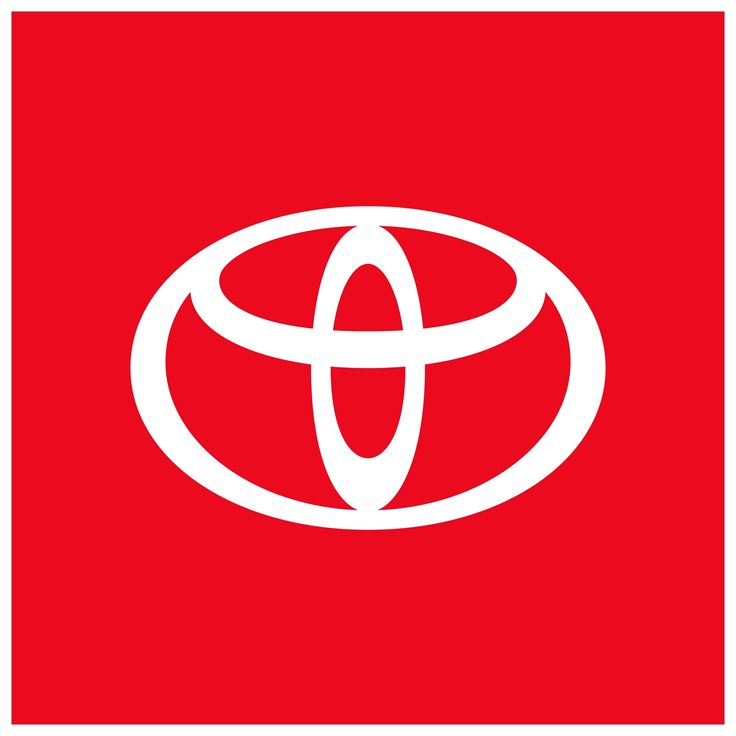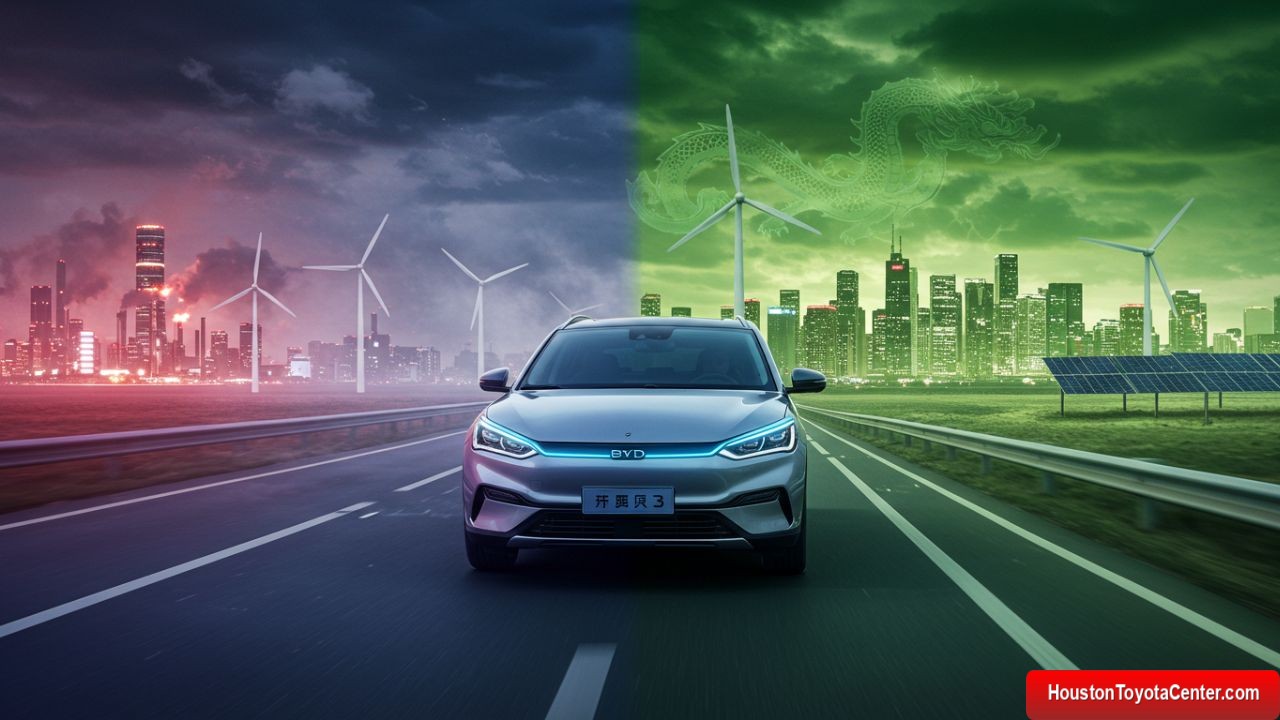China’s electric vehicle (EV) market has undergone a seismic transformation over the past decade, evolving from a niche sector into a global powerhouse. At the forefront of this revolution is BYD (Build Your Dreams), a company that began as a battery manufacturer in 1995 and has since become the world’s largest EV producer by sales. With a blend of aggressive innovation, strategic government partnerships, and a relentless focus on affordability, BYD has not only dominated China’s domestic market but also set its sights on global domination.
This article explores BYD’s meteoric rise, its technological breakthroughs, and its strategies for sustaining growth. We’ll also analyze challenges it faces and what the future holds for this Chinese EV titan.
1. BYD’s Origins: From Batteries to EV Supremacy
1.1 Humble Beginnings
Founded in 1995 by Wang Chuanfu, BYD started as a rechargeable battery manufacturer, supplying components to electronics giants like Motorola and Nokia. Its expertise in battery technology laid the groundwork for its pivot to automotive innovation.
1.2 Entry into Automotive (2003)
In 2003, BYD acquired Xi’an Tsinchuan Auto , marking its entry into the automotive industry. Initially focusing on internal combustion engine (ICE) vehicles, the company shifted gears in the late 2000s, recognizing the potential of electrification.
FREE: Quickly identify and understand problems with your vehicle 🚘
CLICK HERE1.3 Early EV Innovations
BYD launched its first plug-in hybrid, the F3DM , in 2008—a full two years before the Chevrolet Volt and Nissan Leaf. However, it wasn’t until the 2010s that BYD began scaling its EV ambitions, leveraging subsidies and China’s push for “New Energy Vehicles” (NEVs).
2. Technological Breakthroughs: The Blade Battery & Beyond
2.1 Blade Battery: A Game-Changer
BYD’s Blade Battery (2020) revolutionized EV safety and efficiency. Unlike traditional lithium-ion batteries, its blade-like cells are less prone to thermal runaway (fires) and offer higher energy density. This innovation positioned BYD as a leader in battery tech, even attracting partnerships with Toyota and Tesla.
2.2 DM-i Hybrid Technology
BYD’s DM-i super hybrid system combines a gasoline engine with electric motors, offering fuel efficiency of just 3.8L/100km. This technology has been pivotal in winning over cost-conscious consumers in China’s tier-2 and tier-3 cities.
2.3 e-Platform 3.0
The e-Platform 3.0 (2021) underpins BYD’s latest EVs, enabling 800V fast-charging (0–80% in 5 minutes), improved thermal management, and a skateboard chassis for modular design.
Table 1: BYD’s Key Technologies
| Technology | Year Launched | Key Features |
|---|---|---|
| Blade Battery | 2020 | Fire-resistant, high energy density |
| DM-i Hybrid | 2021 | 3.8L/100km fuel efficiency |
| e-Platform 3.0 | 2021 | 800V fast-charging, modular chassis |
3. Dominating China’s EV Market
3.1 Sales Supremacy
In 2023, BYD sold 3.02 million EVs , surpassing Tesla’s 1.8 million deliveries globally. Its dominance stems from a broad product portfolio spanning sedans (Han), SUVs (Song), and MPVs (Dolphin), priced between $15,000–$50,000.
3.2 Government Tailwinds
China’s subsidies for NEVs, tax exemptions, and restrictions on ICE vehicles in major cities (e.g., Beijing’s license plate lottery) have fueled BYD’s growth.
3.3 Vertical Integration
BYD controls 90% of its supply chain, from battery production to semiconductors. This minimizes reliance on third parties and shields it from global chip shortages.
4. Global Ambitions: Beyond China
4.1 Expansion into Europe
BYD entered Europe in 2022 with the Atto 3 SUV , priced competitively against Volkswagen’s ID.4. It plans to launch 10 models in Europe by 2025, targeting Norway, Germany, and the Netherlands.
4.2 Partnerships with Legacy Automakers
- Toyota : Collaborating on battery tech and co-developing hybrids.
- Mercedes-Benz : Joint venture for EV battery production.
4.3 Challenges Abroad
- Brand Perception : BYD is still seen as a “budget” brand in markets like the U.S. and Europe.
- Regulatory Hurdles : Europe’s strict emissions tests and U.S. tariffs on Chinese imports.
5. What’s Next for BYD?
5.1 Solid-State Batteries
BYD aims to commercialize solid-state batteries by 2025, offering 1,000 km range and 10-minute charging.
5.2 Autonomous Driving
While lagging behind Tesla’s FSD, BYD is investing in Level 3 autonomy via its DiPilot system, targeting full self-driving by 2030.
5.3 New Models & Markets
- Yangwang U8 : A $140,000 luxury EV with amphibious capabilities (2024 launch).
- India & Southeast Asia : BYD plans to assemble cars in Thailand and India to bypass import tariffs.
5.4 Sustainability Initiatives
BYD is transitioning to 100% renewable energy in its factories and exploring battery recycling to reduce waste.
6. Challenges Ahead
6.1 Domestic Competition
Rivals like NIO (premium EVs) and Xpeng (autonomy tech) are eroding BYD’s market share in China.
6.2 Geopolitical Risks
U.S. sanctions on Chinese tech and lithium supply chain disruptions could hinder growth.
6.3 Profit Margins
Despite high sales, BYD’s net profit margin (2.5%) lags behind Tesla’s (15%), raising questions about long-term sustainability.
Conclusion
BYD’s rise from a battery maker to a global EV leader is a testament to China’s industrial strategy and BYD’s relentless innovation. While challenges loom, its vertical integration, affordable pricing, and tech prowess position it to redefine the future of mobility. Whether it can sustain its momentum in Western markets remains to be seen—but one thing is clear: BYD is no longer a contender. It’s the benchmark.


Leave a Reply